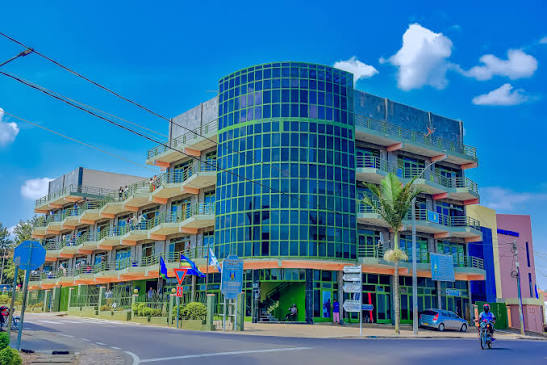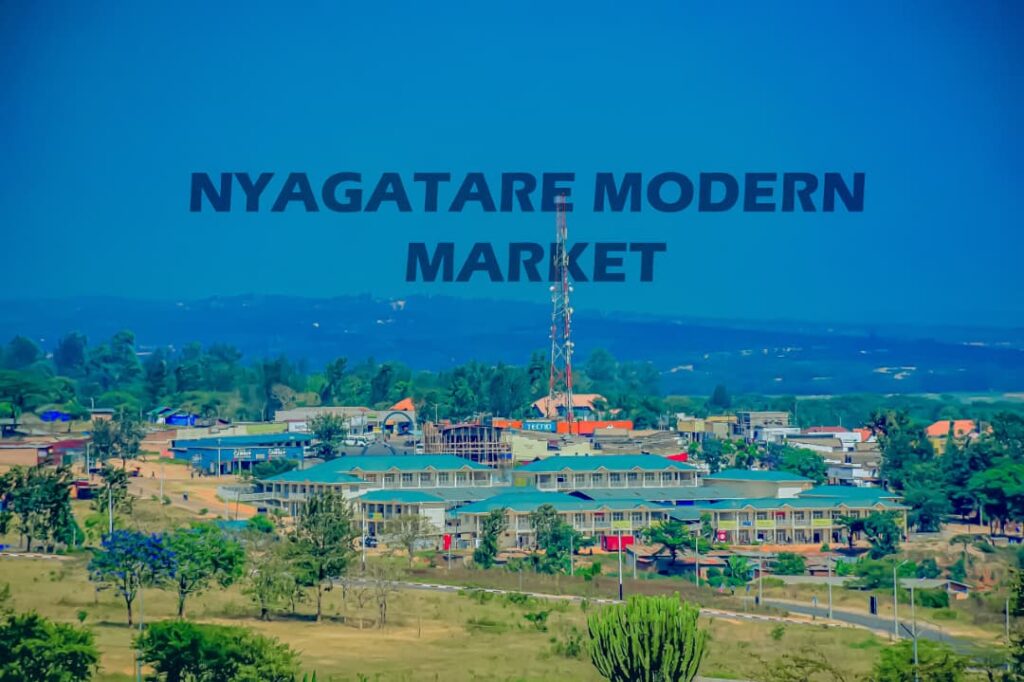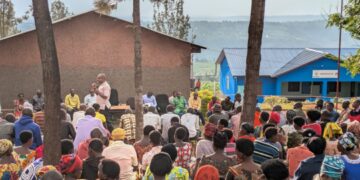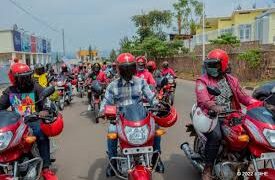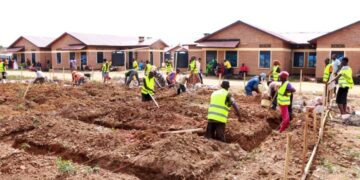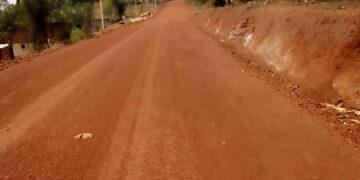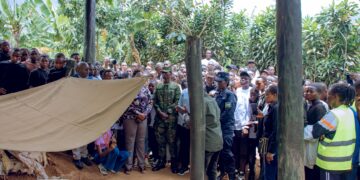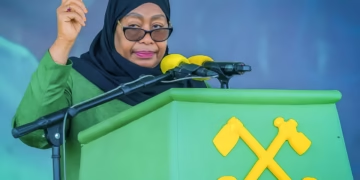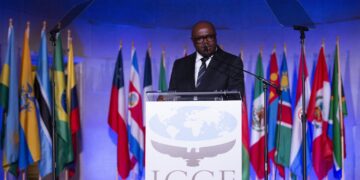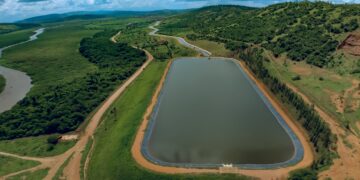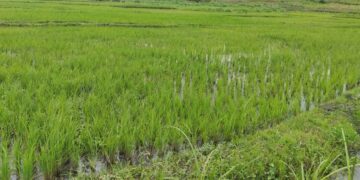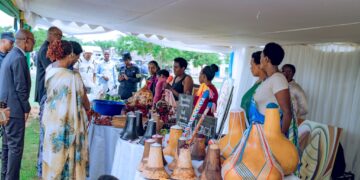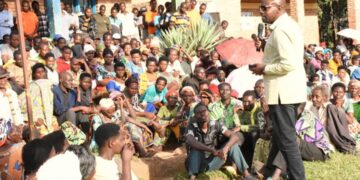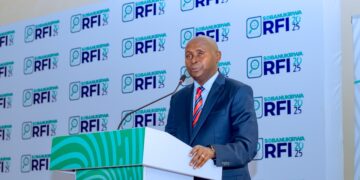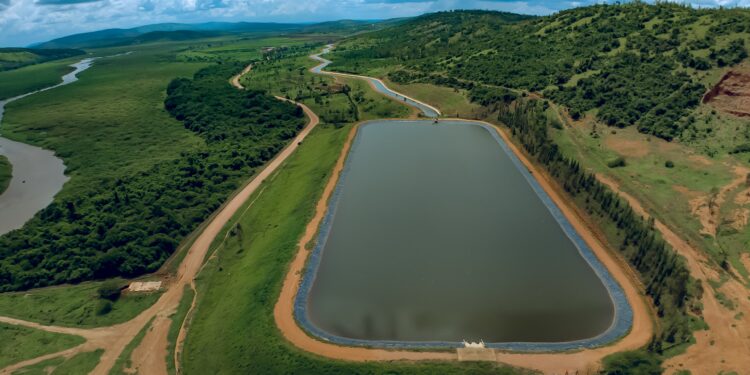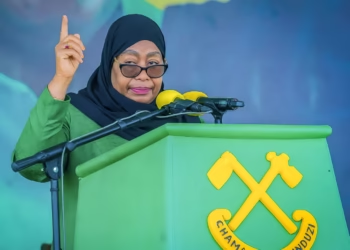The five-year Development Strategy of Nyagatare District (2024–2029) is built on the goal of improving citizens’ well-being, promoting an economy driven by agriculture and livestock, creating both small- and large-scale jobs, and enhancing urbanization and infrastructure. It aligns with Rwanda’s Vision 2050 and the National Strategy for Transformation (NST2). These strategies were developed through the contributions of citizens, local government entities, the private sector, civil society organizations, and various development partners to ensure inclusive and sustainable progress that benefits everyone.
Achievements under NST1 (2018–2024)
Nyagatare is one of Rwanda’s largest and most populated districts, covering 1,920 km² with a population of 653,861, including 335,121 women (51.2%) and 318,740 men (48.8%), giving a population density of 373 people per km². About 75.9% of the residents live in rural areas, while 24.1% live in urban settings. The economy largely depends on agriculture and livestock, with 66.3% of households engaged in farming activities, 59.3% cultivating crops, and 39.2% raising livestock.
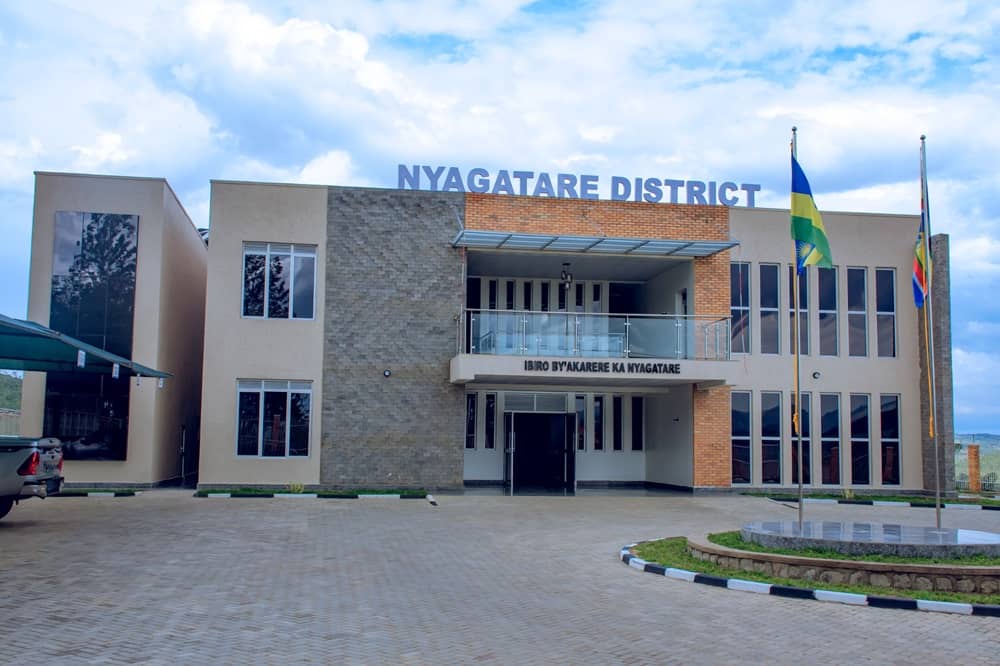
During the previous DDS implementation period, Nyagatare achieved notable progress in economic growth, social welfare, education, health, and governance.
Agriculture and Livestock Sector, Consolidated farmland increased from 74,925 hectares to 82,915 hectares. The use of quality seeds and fertilizers rose by 60%. Mechanized farming covered 7,654 hectares, while irrigated farmland exceeded 12,000 hectares. The district has 220,875 cows and 153,494 goats, and the number of operational milk collection centers (MCCs) increased from 4 to 15. Annual milk production rose from 12.2 million liters to 35 million liters (about 93,000 liters per day). Additionally, 100% of cattle are vaccinated, and veterinary services now reach 95% of livestock owners.
In Economy and Industry, the district established agro-processing industries, including the Inyange Milk Powder Plant, meat processing, and maize processing factories. Twelve modern markets were built, including cross-border ones. Over 54,000 new jobs were created, many of which benefited youth entrepreneurs.
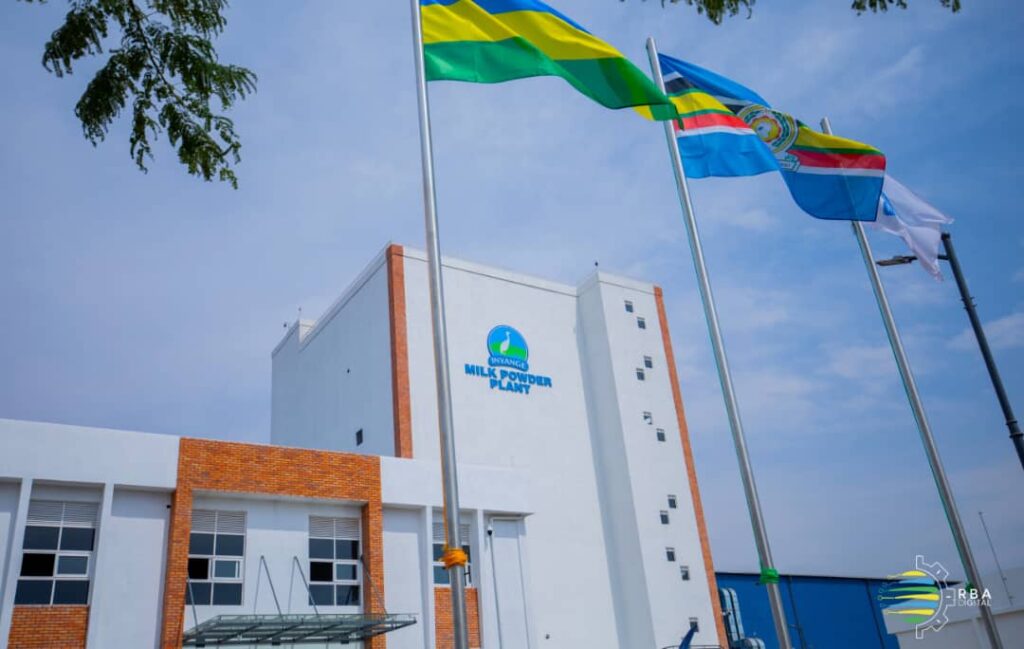
Social Welfare, Maternal deaths decreased from 210 to 126 per 100,000 live births, and under-five mortality dropped from 45 to 35 per 1,000 live births. Stunting was reduced by 27.4%. Poverty levels fell from 48.6% (EICV5) to 36.4% (EICV7). A total of 13,241 citizens received financial support through the Vision 2020 Umurenge Programme (VUP), and 8,657 participated in its public works. Furthermore, 17,166 families received cows under the Girinka Program (One Cow per Poor Family), while 1,380 families received small livestock.
In the education sector, 1,390 new classrooms were constructed, along with 2,042 additional classrooms through other projects. The School Feeding Program now covers 100% of schools. Three TVET schools and 12 laboratories were established to promote hands-on learning. Currently, 57.5% of secondary and TVET schools have smart classrooms with internet access, and 280 schools use online data systems.
Future Development Projects and Priorities (2024–2029 / NST2)
The new DDS focuses on harnessing Nyagatare’s natural and economic potential by increasing investment in agriculture, livestock, tourism, and industry.
In agriculture, plans include expanding irrigation systems, promoting soil conservation, and developing horticulture farming (vegetables, fruits, onions) on 600 hectares. The Gabiro Agribusiness Hub and Muvumba Dam Project will revolutionize local farming by reducing dependence on rainfall. The Muvumba Dam will have a storage capacity of 125.9 million m³ of water, generate 740KW of electricity, and irrigate 9,640 hectares.
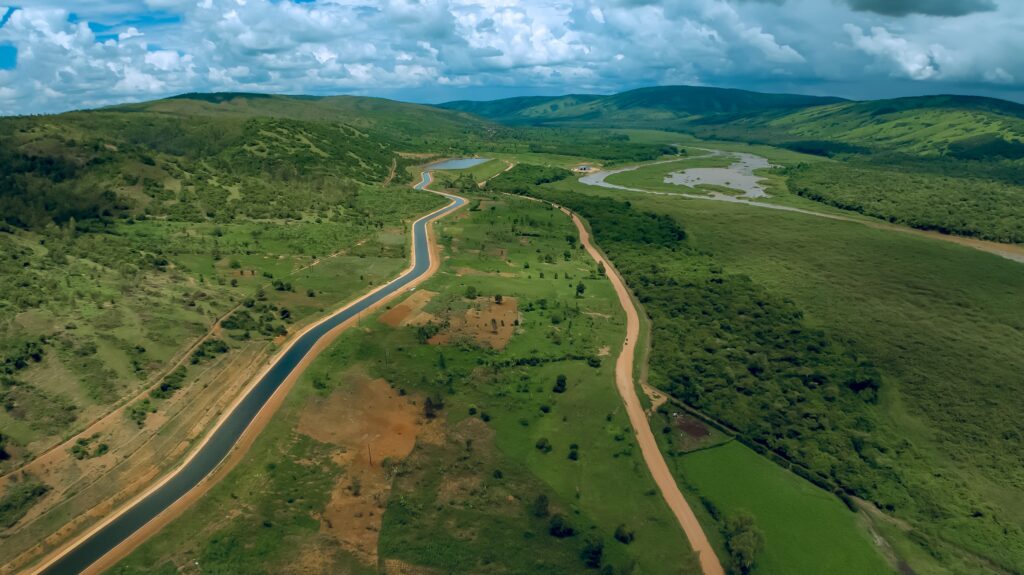
In tourism, the district plans to leverage its proximity to Akagera National Park, the EPIC Hotel, the new stadium, and historical sites such as the Liberation Trail to boost tourism. It will also promote renewable energy use (solar and biogas), especially given the large livestock population that provides raw materials for biogas production.
As one of Rwanda’s Secondary Cities, Nyagatare aims to attract major investments in industry, urban development, and tourism, strengthening its role as a regional economic hub.
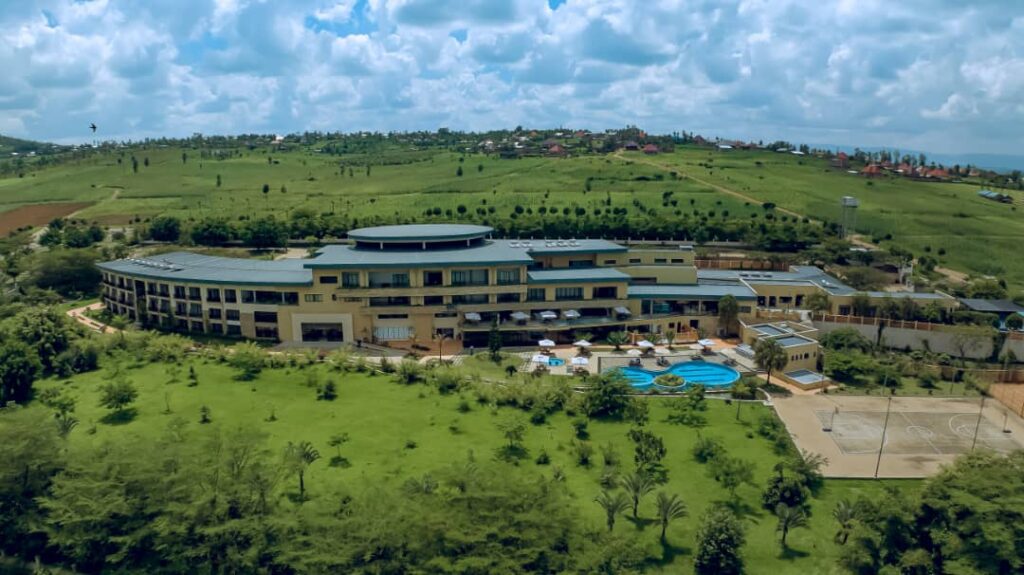
Governance and Vision
Looking ahead, the district seeks to ensure sustainable, people-centered development. District Mayor Stephen Gasana stated that Nyagatare will continue working with security agencies, the private sector, and citizens to promote safety, hygiene, accountability, and inclusive governance.
He said: “Our goal is for Nyagatare to become a model of national development, where every citizen plays a role in building a better future.”
